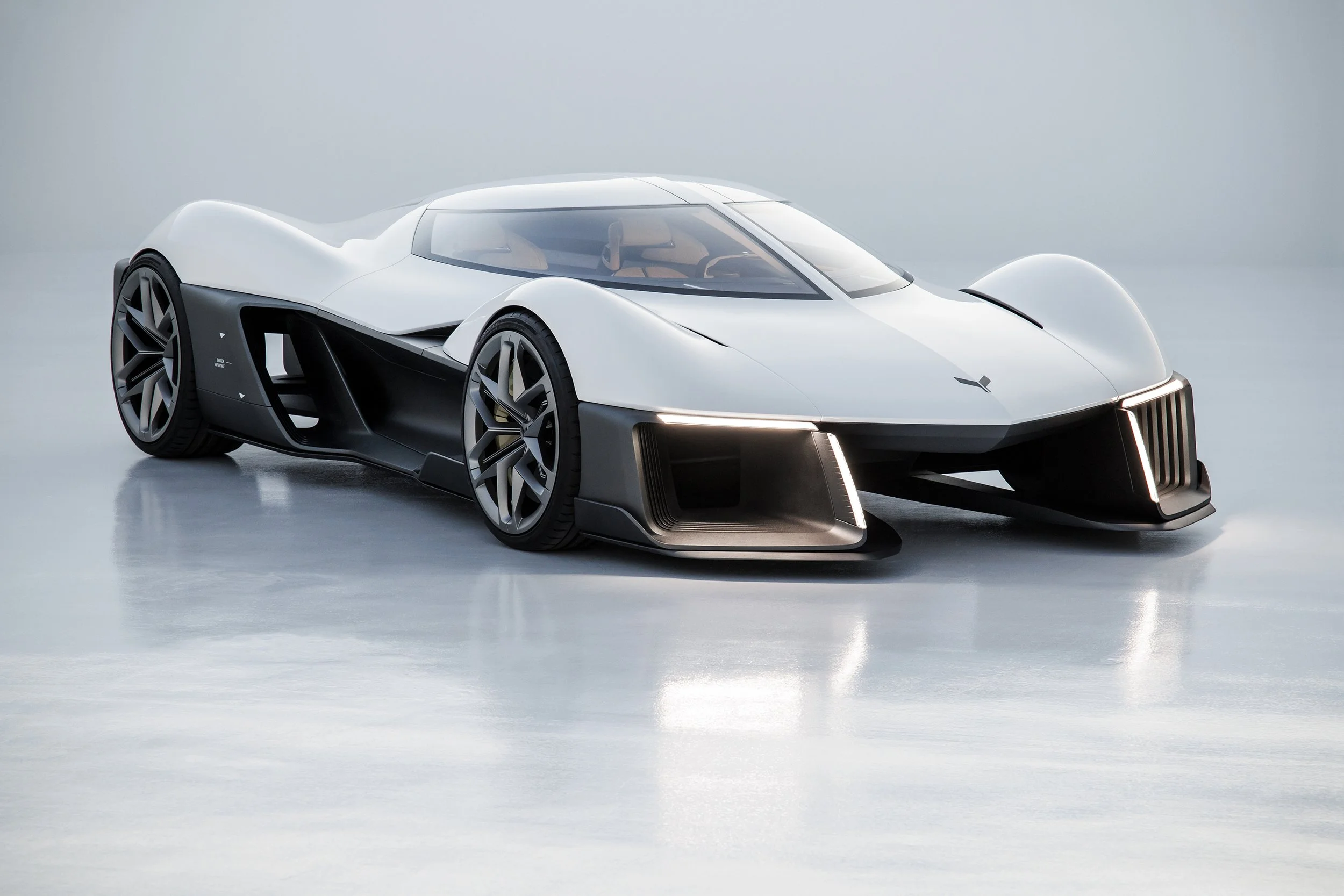GM Unveils UK Studio With Corvette Concept Hypercar
General Motors has opened a cutting-edge advanced design studio in Royal Leamington Spa, extending its global design network and placing Britain at the centre of future vehicle creativity. The team instantly showcased its ambition by unveiling a Chevrolet Corvette concept that fuses classic DNA with forward-looking electric hypercar thinking. Developed by UK designers as part of an international programme spanning Detroit, Los Angeles, Shanghai, and Seoul, the project will inspire further Corvette concepts throughout 2025.
The launch also teased a forthcoming GMC concept, created in collaboration with the Detroit studio and scheduled for a full reveal later in 2025. These parallel programmes keep GM designers driving innovation that feeds both production and experimental vehicles.
By anchoring a studio in Britain, GM underscores its commitment to Europe while expanding Cadillac’s electric-vehicle presence and preparing to introduce Corvette sales across the continent. The 24,584-square-foot facility, headed by renowned designer Julian Thomson, employs more than thirty creatives and supports digital modelling and traditional clay work, injecting fresh European insight into GM’s worldwide network.
“Our advanced design team’s mandate extends well beyond creating production vehicles,” stated Michael Simcoe, senior vice-president of global design. “While they collaborate within our global design network on production and concept vehicle programmes, these teams are primarily tasked with imagining what mobility could look like five, ten and even twenty years into the future and driving innovation for GM.”
The UK concept reimagines Corvette heritage through a sleek, muscular profile inspired by aviation. “One of the most unusual and significant aspects of our concept’s design is a feature known as Apex Vision,” explained Thomson. “A nod to Corvette’s centreline focus, and inspired by the iconic ‘split window’ 1963 Chevrolet Corvette Sting Ray, this feature emphasises a singular vertical central spine that is also a structural element, also providing a panoramic view of the road and surroundings.”
A distinct divide between the upper and lower body sections underscores this dual character: the upper half reinterprets classic Corvette cues. In contrast, the lower half integrates EV battery architecture and aerodynamic channels that manage airflow without the need for wings or spoilers. Although GM holds no production intent for the prototype, the exercise illustrates how the Corvette badge propels radical explorations of future mobility.




























